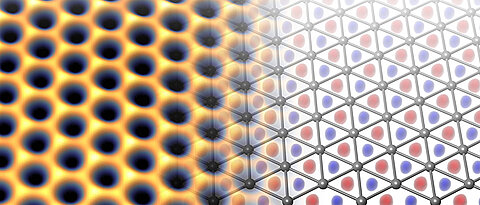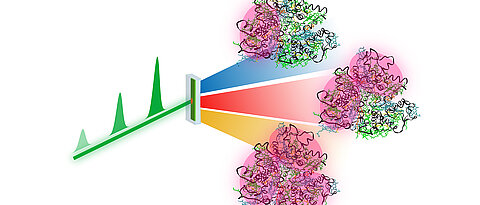Better vision through movement
06/07/2023
When bumblebees move, their vision improves. Scientists at the University of Würzburg have now been able to prove this.
more



















